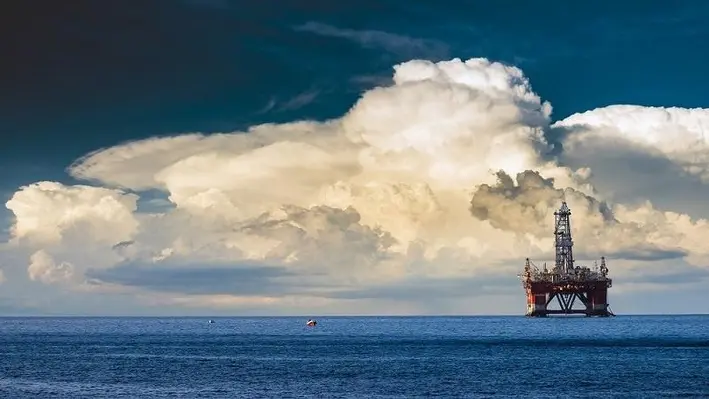

The Decommissioning Insight 2021, published by OGUK, will set out plants for what could be the biggest marine removal programmes ever attempted.
OGUK has suggested that an estimated 1.2 million tonnes of disused oil and gas installations (ranging from massive rigs to well heads sitting on the seabed) are to be brought to shore for reuse, recycling and disposal in the coming decade. The report indicates that operators will spend an estimated UK£16.6bn on the decommissioning programme which will support thousands of jobs both fiercely and in the supply chain.
Around 95% of offshore material is typically already recycled but now the focus is moving more towards reuse ‒ where component parts, or even whole structures, can be redeployed for new purposes with minimal modifications.
Another key aim of the programme is to establish the UK as a centre of excellence for decommissioning which will set British companies and workers in high demand. Across 2020 and 2021, 234 wells, 21 platforms and 50,000 tonnes of other underwater structures were removed around the UK, highlighting the resilience of the industry even during the pandemic.
Joe Leask, OGUK’s Decommissioning Manager, commented, “Decommissioning is more than a great challenge. It’s also a huge opportunity for UK companies to show their engineering skills, powers of innovation and ability to compete on a global scale.
“OGUK’s 2021 Decommissioning Insight report shows that over the last five years the UK decommissioning industry has improved its efficiency and cut its costs by an estimated 23%. So, we have done better but I think we can still do a lot more. If operators work together to create larger projects where we get economies of scale, then we can safely drive costs down even more.
“Decommissioning is also a key part of the UK’s transition to low-carbon energy and its aim of reaching net zero by 2050. This is partly because the installations being removed tend to be older and so generate more emissions relative to the oil and gas they produce. But it is also because of the growing opportunities for reuse, repurposing and recycling. This is already becoming common with forgings, pipeline valves, turbines and electrical kit. In the future some assets could be repurposed for new uses such as offshore wind and permanent storage of carbon dioxide by pumping it deep under the seabed.”
“This is going to be an exciting ten years – there’s a huge amount of work to be done and with £16.6 billion to be spent, there will be many opportunities for UK companies and workers,” Leask concluded.
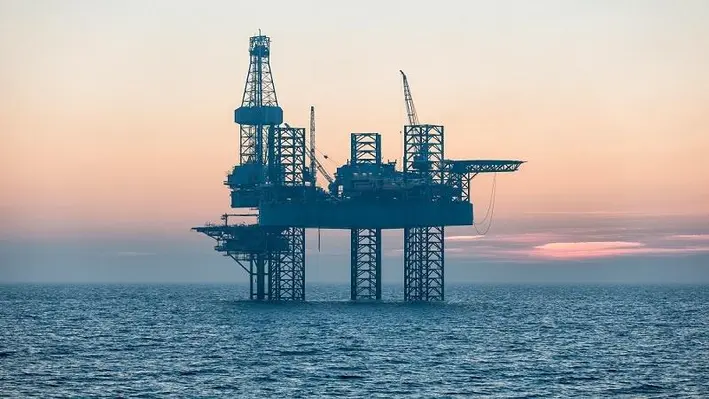

In order to accelerate the pace at which well P&A technology is qualified and commercialised, the Net Zero Technology Centre has launched an industry collaboration initiative with the ultimate goal of improving industry performance.
Supported by the Technology Leadership Board (TLB) and Oil and Gas UK (OGUK), the approach will enable new technologies to be trialled and tested in multi-operator collaboration field trials, enabling faster, lower-cost and wider industry adoption.
The Oil and Gas Authority has identified that well P&A represents circa 45% of UKCS decommissioning costs, or an estimated UK£23bn spend over the life of a basin, but technology best practice and innovation could help operators reduce this cost and deliver CO2-compatible well P&A techniques.
Over the next two years the well P&A collaboration initiative has committed to increasing the number of technology field trials, in low access cost land wells. This will support the validation and qualification of alternative P&A barrier materials, inspection and verification technologies and other P&A enabling technology streams to expand the reach of the rigless well P&A approach.
Keith Hogg, Project Manager – Emissions Reduction, The Net Zero Technology Centre commented, “This collaboration could be a true game changer in the way we approach technology development in the wells P&A space. It has the potential to accelerate the progress of technologies being field trailed and tested making them available to operators far more quickly.
“The success of this new collaborative approach has been driven by the commitment of the operators; Spirit Energy and Harbour Energy who participated in the first project together. It is this proactive attitude and willingness to collaborate and share information that we need other UK operators to replicate, as this is key to the future of this collaboration and meeting our industry commitment to a minimum of 35% cost reduction and 50% emissions reduction in well P&A by 2035.”
The wells P&A collaboration initiative will be managed by the Net Zero Technology Centre and overseen by a multi-operator steering group, with backing from Spirit Energy, Repsol and Harbour Energy already secured. The steering group will review up to five technologies per year, conducting a minimum of three field trials for each. The ambition for the initiative is to have six technologies qualified and adopted by 2025.
Carlo Procaccini, OGA Head of Technology and Co-Chair of the TLB, said, “Reducing well P&A cost has long been identified by the TLB and the OGA as a very important priority for our industry. Novel technologies have the power to achieve that. The TLB has been proudly supporting the efforts by the Net Zero Technology Centre, Spirit Energy, Harbour Energy and other partners to bring an ambitious field trial programme to life. Now is the right time to expand this programme to more operators and technologies to accelerate testing and adoption of a fuller portfolio of critical technologies for P&A efficiencies.”
Mike Richardson, Industry Technology Sponsor, Spirit Energy added, “Our industry has struggled to be truly collaborative in the past but this is a fantastic opportunity for operators to work together, reduce costs, accelerate new technology have a better range of plugging solutions available…. all at the same time!”
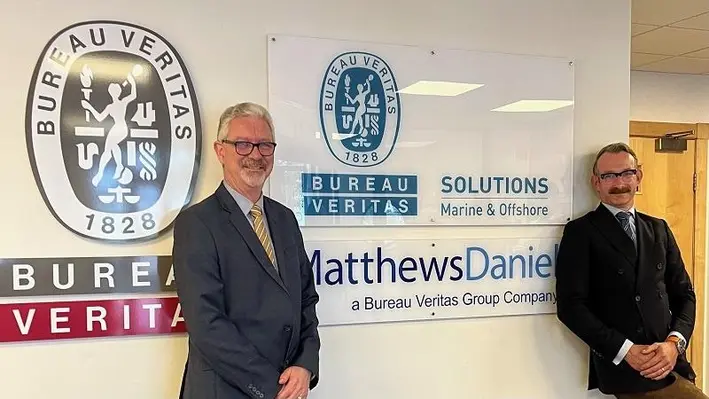

MatthewsDaniel, a global leader in specialist services for the marine and energy industries and applicable insurers, will open a new office in Aberdeen to enhance its offering to North Sea clients.
David Cox, MatthewsDaniel CEO, commented, “We see this move as one that will enable us to not only better serve our valuable North Sea clients, but also grow the organisation in an important market.
“Aberdeen and the North Sea have a rich oil and gas history, and we are excited to play a part in the next chapter of that story as organisations look towards field and asset decommissioning, as well as renewable energy.”
Cox continued, “The focus of this new office will be on the execution of our North Sea and European marine warranty surveying (MWS) and risk assessment operations, with the region possessing the expertise required to deliver rapid solutions to our clients in this key offshore energy hub.
“These are exciting times for the North Sea, and opening this office is an investment in the industry and the skills that the workforce here have. I have no doubt our new office in Aberdeen will enhance our already strong relationships with our existing clients, as well as future ones.”
Staff will work alongside colleagues from Bureau Veritas and Bureau Veritas Solutions Marine and Offshore, giving them access to a greater depth of resources, including engineering and maritime assurance expertise.
MatthewsDaniel’s experts are world-renowned in conducting specialist technical reviews both onshore and offshore for critical project phases and activities, employing a well-researched and quality-assured approach to identify and advise on measures to mitigate and minimise risk.
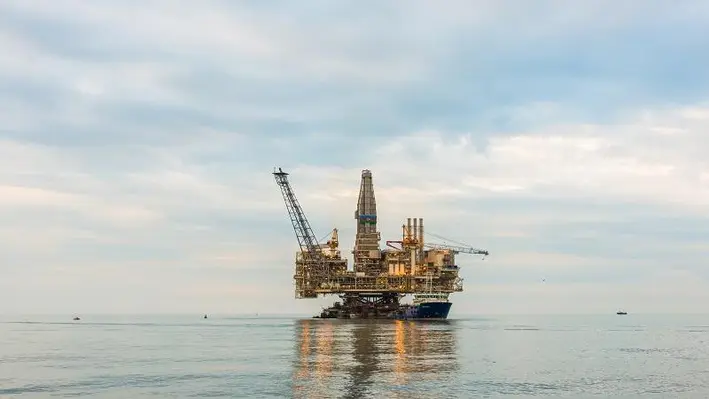

isol8, an Aberdeen based oil and gas services firm, has received a UK£3.5mn investment from BGF to support its long-term growth plans and develop its zero-emissions product portfolio as its expands its services into the wellbore construction sector.
It is estimated that successful deployment of isol8’s technology could unlock savings of between UK£1.5mn to UK£7mn for platform and subsea wells abandonments. This could translate to savings of between UK£2bn to UK£5bn in North Sea well decommissioning costs.
isol8 is the only company in the world known to use underwater soldering to create metallurgically bonded alloy barriers to seal off oil and gas wells. The firm designs, develops and deploys its industry leading Fusion Barriers, providing a longer lasting and more environmentally friendly solution to traditional cement-based methods.
The drive to decommission
Andrew Loudon, CEO of isol8, commented, “Decommissioning is now a huge focus in the North Sea and we’re partnering with clients to help them significantly reduce their asset retirement costs.
“Now, with the support of BGF, we are in a strong position to broaden our zero-emission product portfolio and accelerate the production of new products, including our casing annulus packers and tubing packers for well construction.
“The BGF team fully understands and supports our vision, and their expertise and business knowledge will be invaluable as we embark on this next chapter together.”
As part of the transaction, BGF Investor Richard Pugh will join the board of isol8 as an investor director, alongside newly appointed independent director Nigel Avern. Nigel is the former CEO of Peak Well Systems, nurturing the business from a small start-up to an international company with market leading positions in well intervention tooling and bridge plugs. Nigel led the successful trade sale of Peak to Schlumberger. Formerly, Nigel spent 18 years with The Expro Group working in range of marketing, technical and general management roles.
Pugh said, “isol8 has huge potential to use its cutting-edge Fusion technology to generate very large savings in plug and abandonment and intervention operations – both of which are markets where we expect long-term growth and where Aberdeen continues to have world-leading expertise.
“At the same time, by ensuring a gas-tight seal, Fusion provides the industry with a much lower emission solution than cement, going some way to address the long-term challenge of de-carbonising the sector. This funding round will support an exceptional management team in completing the final push to commercial adoption, working in parallel with a number of operators who have shown real commitment to the technology.”
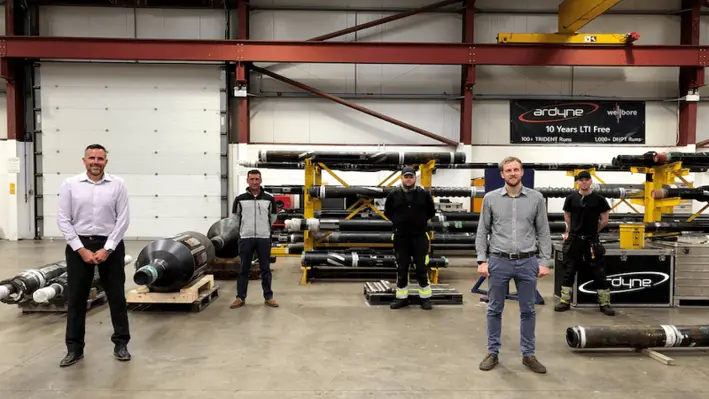

Ardyne, a plug, abandonment and casing recovery specialist has been awarded a four-year contract for the provision of fishing services for 86 wells as part of the well plug and abandonment (P&A) programme for two fields in the Northern North Sea.
The work has commenced and is expected to last up to four years across two assets. The job involves Ardyne’s leading TRIDENT and TITAN P&A technologies, with the company having invested approximately UK£2.6mn in brand new industry-first fully traceable (NS-1) fishing and milling tools.
The efficiencies generated by Ardyne’s industry-leading bottom hole assembly technologies could save more than 40 days of rig time across the two platforms, which equates to more than 300 extra downhole trips being avoided.
Alan Fairweather, CEO of Ardyne, commented, “This award is testament to the proven quality and time saving efficiencies of Ardyne's P&A technologies, plus the experienced team and engineering capabilities we have in Aberdeen.
“We are excited to be part of our client’s decommissioning team and look forward to delivering efficiencies during the P&A phase of these platforms. It’s encouraging to see North Sea decommissioning moving forward again, and our investment in a new training scheme will help prepare our workforce for playing a key role in that.”
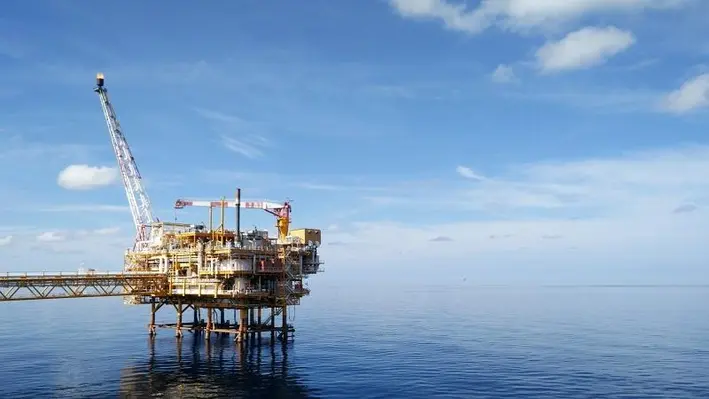

With a vision to be the go-to well abandonment and decommissioning partner for their clients, Graeme Brand, Business Development Director, explained how JFO has continued to innovate, grow and enhance their business and team globally, despite the challenges posed by the pandemic.
In an article for Energy Voice, Brand explained how, in order to achieve their goal, the company has acquired subsea project and engineering consultancy Subsea Engenuity, identified for its drive to create better technologies and solutions for subsea well abandonment. This has allowed JFO to enhance their portfolio of solutions and embrace new experienced members into their team.
This acquisition has allowed the new members to release the SEABASS vessel based subsea abandonment tool. This is a single trip mechanically locking system for the abandonment of category 2 wells and is designed to deliver cost and time efficiencies compared to existing alternatives. The SEABASS tool is designed to remove containments and provide barriers to allow the well site to return to its original environment state.
Incorporating SEABASS into JFO’s full back deck capabilities, whether combining with our abrasive water jet cutting, or our internal cut and lift tool, for example, a single vessel and multi-skilled team delivers cost and time efficiencies, reduces deck and POB space, improves assurance and safety while significantly reducing a projects carbon footprint. This will allow JFO to deliver a single-source solution, reducing contractual complexity and enabling multi-well and multi-operator campaigns, encouraging collaboration along with more efficient and effective use of vessels.
Decommissioning potential
Brand also noted that, with the outcome of the forthcoming COP26 kept in mind, there will be many opportunities for decommissioning across the globe. A report by MarketsAndMarkets suggested that 7500 offshore platforms across 53 countries are ready to be eased into retirement and a separate study by Rystad predicted that the potential global value of US$42bn by 2024.
Moreover, as Brand continued, the North Sea is the most active basin for offshore decommissioning, setting the benchmark for best practice innovation. With the introduction of the new team members, the SEABASS tool and the existing capabilities of the company, JFO should be well positioned to take advantage of the forthcoming wave of decommissioning and hopes to continue to evolve in order to meet the demands and expectations of their clients and the offshore society.
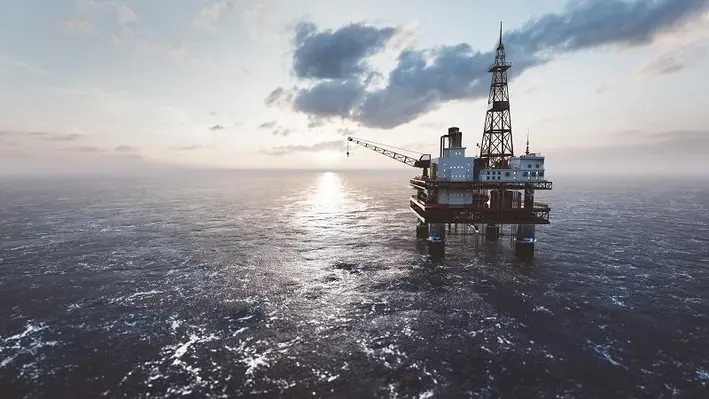

Spirit Energy has announced that they have begun planning for the decommissioning of the Chestnut oilfield in the Central North Sea.
Thanks to continued investment from operator Spirit Energy and partner Dana Petroleum, additional wells and class leading production efficiency on the Hummingbird Spirit Floating Production Storage and Offloading (FPSO) vessel which sits on Chestnut, the field has produced almost quadruple the initial reserve estimates and has survived for more than a decade after it was first expected to be shut in.
Chestnut – which first came on stream in 2008 with an expected two-year production life – is still producing oil via three wells, the last of which was drilled in 2020. The field, nearly 200 km east of Aberdeen, has now produced more than 27 million barrels of oil, having initially been expected to yield only around 7 million barrels.
All good things…
After an impressive and perhaps unexpected lifespan, Spirit Energy and the FPSO owner Teekay have now started the first stages of preparing to decommission the field.
Under the proposed decommissioning plans, the FPSO will be removed and Teekay will assess potential reuse options or ultimately recycle the vessel in an environmentally safe and responsible manner in accordance with applicable UK/EU regulations. The risers will also be flushed, cleaned and taken back to shore.
The start date for the offshore campaign is dependent on final cessation of production from the field.
Mark Fotheringham, Capital Projects Director at Spirit Energy, commented, “Chestnut has been a key field in Spirit Energy’s portfolio for many years and thanks to the excellent work of teams both on and offshore, it has continued to perform above expectation.
“While it continues to produce today, we need to look to our responsibilities in the future and have the right plans in place for when the time does come to start decommissioning the field. As its production life nears an end, we are now looking forward to a safe removal campaign.
“The collaborative spirit which characterised the production phase of Chestnut’s life will continue as we support Teekay in any repurposing opportunities for the vessel, as well as working with our supply chain on an efficient campaign to plug and abandon the wells.”
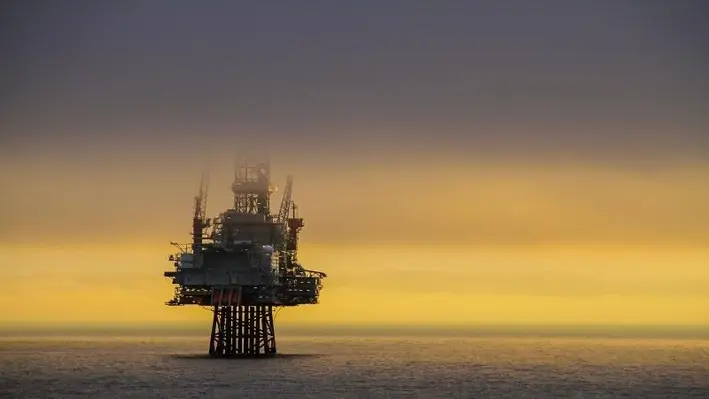

KDS JV AS, the joint venture between DOF Subsea and Aker Solutions, has been awarded a subsea decommissioning contract for DNO at the Norwegian Continental Shelf.
The contract includes engineering, preparation, removal & disposal work (EPRD) of associated subsea hardware.
The project shall be delivered by an integrated expert team from the JV partners. DOF Subsea shall deploy Skandi Acergy from its fleet, and Aker Solutions will use its disposal site at Stord for recycling.
Engineering will start immediately, with offshore execution planned for the first quarter of 2022, although there is a possibility for an earlier start in the last quarter of 2021.
Included in the project scope is the removal and disposal of subsea infrastructure such as template, manifold, production spools, umbilical, covers and associated hardware.
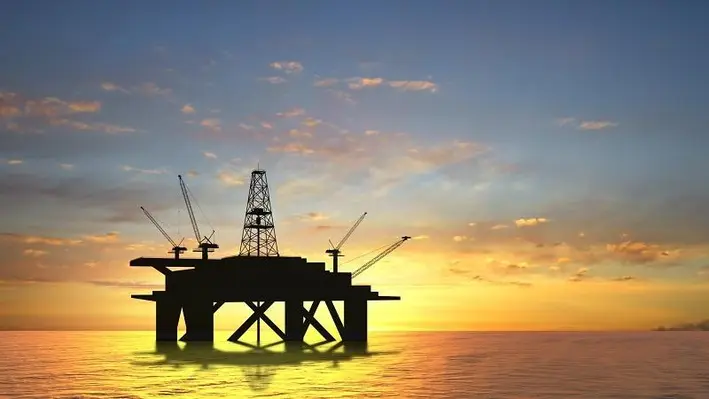
 Netherlands-based Wintershall Noordzee B.V., a joint venture of Wintershall Dea GmbH and Gazprom EP International B.V., has started a largescale decommissioning programme in the Southern North Sea.
Netherlands-based Wintershall Noordzee B.V., a joint venture of Wintershall Dea GmbH and Gazprom EP International B.V., has started a largescale decommissioning programme in the Southern North Sea.
The first phase of this programme will last for approximately one and a half years and entails the plugging-and-abandonment (P&A) of 24 wells in both Dutch and German waters, and the removal of two platforms and two subsea installations.
The tender for the first part of this extensive programme was granted to Swift Drilling BV. In the past months, the SWIFT 10 jack-up rig has been modified and prepared to start work after a period of stacking due to a worldwide economic slump in offshore activities. The rig will first set sail to the P9 location to close off and safely abandon two subsea wells. It will then continue to the next wells until all 24 wells have been securely plugged and abandoned.
Decommissioning and complete removal of its assets is part of the full activity cycle of Wintershall Noordzee. A largescale campaign such as this is an efficient and effective way for the company to fulfill its decommissioning liabilities, Windershall Noordzee says.
“It is merely the final act of what we do, and one we have mastered doing over the years”, said Jone Hess, Managing Director of Wintershall Noordzee B.V. “We are proud of our accomplishments in the Southern North Sea and will continue to fulfill our obligations when it comes to our assets.”
Removal of four non-producing assets
Part of the largescale decommissioning programme is the full removal of the Q4-A and B production platforms, in addition to the two P9 subsea installations. These activities are due to start in the spring of 2022, with completion by Q4 2022.
Wintershall Noordzee B.V. is one of the largest producers of natural gas on the Dutch continental shelf. It is operator of 23 production platforms and six subsea installations in the Dutch, English, German, and Danish sectors of the North Sea. Active in the Southern North Sea since 1965, the company has substantial experience in decommissioning and re-use of its installations. Since the late 1980s, 58 wells have successfully been plugged and abandoned, starting with the first five wells in 1988 belonging to production platform K13-D. That same year, the topside of K13-D was moved to its new location in sector L8 becoming production platform L8-H. This marked the company’s first of a total of seven reused topsides to date.
Wintershall Noordzee has fully decommissioned and removed 16 production platforms during the past 30+ years, of which seven topsides were reused at new locations in the Southern North Sea. The topside of production platform P14-A has already been recycled twice by becoming the topside of E18-A in 2008, which became the topside of production platform D12-B in 2019.
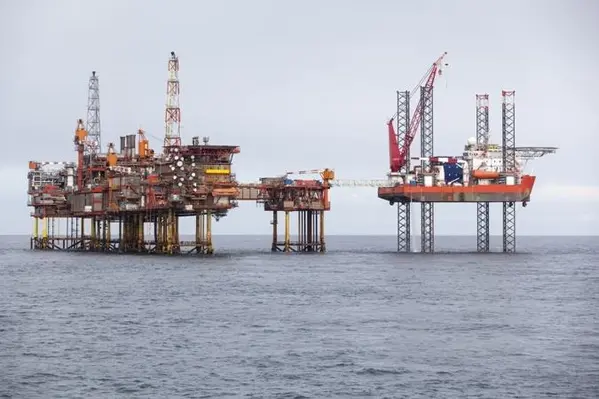
 Aberdeen-based Well-Safe Solutions, which specialises in the decommissioning of onshore and offshore wells, is gearing up to take advantage of the expected increase in activity in 2021/2022.
Aberdeen-based Well-Safe Solutions, which specialises in the decommissioning of onshore and offshore wells, is gearing up to take advantage of the expected increase in activity in 2021/2022.
In the company’s Group Strategic Report and Directors’ Report for the year ended 31 March 2020, issued in July 2021, CEO Phil Milton commented that the improving COVID-19 situation, improving oil prices and steps taken by the company to reduce capex and opex mean that it will be well positioned to commence decommissioning operations in 2021/2022 as contracts are awarded.
Milton commented that the size of the market has not been affected by the downturn in activity, with the commencement of work being deferred rather than cancelled, although he noted that there remains some uncertainty about the speed and timing of contract awards.
“The business remains focused on fulfilling current agreed work, and is in active discussion with other third parties regarding new and future contracts,” he said.
“The focus for the year ahead is in managing costs while working through the downturn in activity as a result of the COVID-19 pandemic and oil price crash.
“We continue to plan for the restart of the well decommissioning programme suspended due to the COVID-19 outbreak, where four wells were mechanically suspended and still required to be fully decommissioned.” He added that the offshore decommissioning programme restarted in May 2021.
According to the Directors’ Report, the group had in excess of £12mn (US$16.7mn) in cash reserves at the end of June 2021 to support the final pieces of refurbishment works required on its fleet, converting the rigs to bespoke plugging and abandonment (P&A) units in readiness for an increase in activity.
Well-Safe Solutions was established in 2017 to provide a ground-breaking approach to safe and cost-efficient decommissioning. It continues to develop its innovative P&A Club whereby members provide a pool of wells that enable Well-Safe Solutions to leverage economies of scale to reduce decommissioning costs for all members. The company is engaged in research and development activities with the aim of enhancing industry knowledge and understanding of key technologies and processes which can deliver costs and efficiency improvements to clients’ decommissioning projects.
With the industry’s drilling units (both semi-submersible and jack-ups) in the UKCS in decline through retirement and cold stacking, Well-Safe is bucking the trend by investing heavily in its fleet. The company added a second rig to its fleet of bespoke decommissioning assets in September 2020, the Well-Safe Protector. Following this acquisition, it secured a £26mn (US$36.1mn) investment to fund the next stage in its growth plan and deliver its vision to become a globally recognised Tier 1 well decommissioning company, with the ability to cover both subsea wells and multiple platform projects. Well-Safe Solutions is looking to add further assets to its growing fleet.
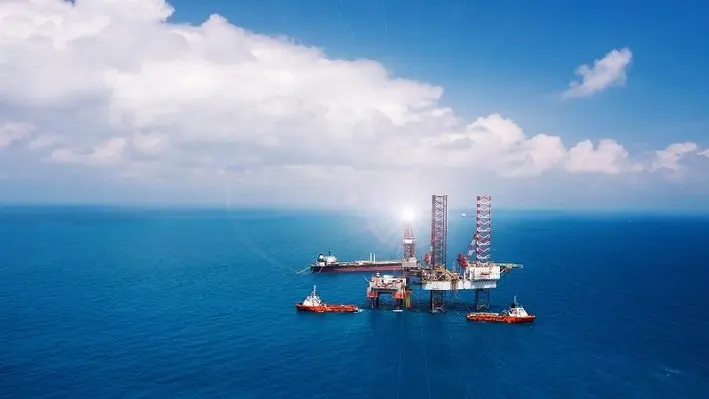
 EnerMech, a global services company specialising in critical asset support across the asset lifecycle from pre-commissioning to decommissioning, has appointed Daniel McCarthy as its strategic proposals director to help accelerate its planned growth across the business.
EnerMech, a global services company specialising in critical asset support across the asset lifecycle from pre-commissioning to decommissioning, has appointed Daniel McCarthy as its strategic proposals director to help accelerate its planned growth across the business.
In McCarthy’s 18-year career in oil and gas, he has won high-value projects in North and South America, the Caribbean, Europe and the Middle East, and managed and developed multi-discipline tender teams to ensure proposals meet all health, safety and quality requirements.
Based in the United Kingdom, McCarthy will be instrumental in building on recent successes with a key focus on devising and implementing best-in-class procedures for cross-regional, complex proposals. His focus on large-scale tenders will also see Mr McCarthy align the company’s technical expertise across its global locations to deliver proposals across the energy and infrastructure sectors.
McCarthy commented, “EnerMech is a forward-thinking company with vision, energy and purpose, and I am very excited to be joining the business and supporting its next stage of international growth. When bidding for new business across multiple countries and sectors, there is a myriad of different requirements, nuances and complexities involved in the tendering process. The team at EnerMech are incredibly experienced in addressing these challenges and have won a significant number of important and large-scale contracts as a result, despite the recent downturn and coronavirus pandemic.”
Behzad Kazerani, Chief Business Development Officer at EnerMech, added, “Daniel’s appointment underlines the company’s commitment to building a world-class senior team to support our overarching global ambitions.
“We have added a number of key contract wins to our books since the start of the year including a five-year contract with Chevron in Australia. And, as awareness has increased of our extensive capabilities and in-house resources to support this scale of opportunity, we are submitting a growing number of new, exciting large scope tenders from new clients in new territories. Daniel’s insight will help to advance our teams and their ability to deliver proposals that strike the right chord.”
The business has experienced a strong performance in 2021 and secured contracts totalling UK£170mn in the first quarter of the year including substantial downstream projects in Africa and the US as well as a second award for its unique patented catalyst handling technology.
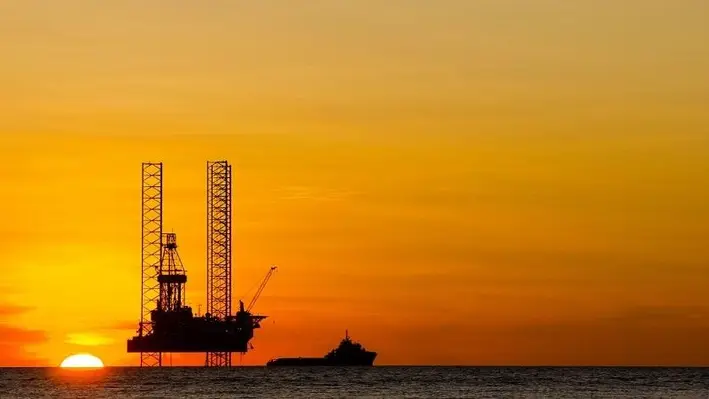

Following an initial agreement between the two companies in 2018, Equinor and Ardyne, a specialist downhole technology and services company for reducing rig time on well abandonment, slot recovery, workover, exploration and P&A operations have agreed a second joint industry project (JIP) to develop a unique well decommissioning technology to reduce the economic and environmental impacts of slot recovery and well decommissioning operations.
The UK£1mn project has been jointly funded by Equinor and Ardyne. Ardyne will manage all engineering, project management and onsite rig qualification testing before deployment for field trials.
TITAN RS
TITAN RS, which will be ready for commercialisation in 12 months, combines Ardyne’s field proven bottom hole assembly (BHA) systems with the new resonance tool to aid casing recovery by using resonance to reduce the pulling force required to free stuck casing. Successful trial wells have been completed recovering casing encased in settled solids.
The system uses the novel and highly effective application of resonance or vibration technology to allow longer sections to be pulled more quickly from settled material in the well. Ardyne has proved resonance to be highly effective in loosening settled material surrounding the casing, with an approximate 30% reduction in pull force required. The vibrations remain isolated downhole and are not transferred to the rig floor.
Compared to conventional rig systems, TITAN RS can provide up to 40% time efficiency savings for well abandonment, decommissioning and brownfield slot recovery projects through fewer runs and time downhole, with a resultant reduction in carbon emissions due to less rig time. The additional functionality means well clean up can be achieved as part of the recovery process without the need for additional trips in the well.
Ardyne has calculated that, when considering a single well scenario, an average rig time saving of more than 78 hours can be achieved. This would equal 136 tonnes of CO2 avoided, 156.8 MW hours of electricity and 13,807 gallons of diesel.
Alan Fairweather, CEO of Ardyne, commented, “The process is proven. The ability to cut days off existing processes through the innovative use of resonance is compelling at a time when the industry is seeking to maximise efficiencies at every opportunity. The environmental benefits of reduced carbon emissions through less time required on site are clear.”
“Equinor has already identified wells offshore Norway for the commercial deployment of TITAN RS next year. We look forward to providing them with a unique and industry-leading method to reduce operational costs and carbon emissions.”
Pål V. Hemmingsen, Task Leader Low-cost P&A Equinor, added, “The benefits of TITAN RS match our ambitions to shape the future of energy. We have been impressed with Ardyne’s unique application of resonance as a force for good in reducing project time and carbon output associated with P&A and slot recovery operations. We look forward to full commercialisation of the system from this latest JIP with the company.”
Page 10 of 11